The T-11 parachute, a significant evolution in parachute design, has played a crucial role in airborne operations, especially within the U.S. military's airborne divisions. This parachute, first introduced in the early 2000s, marked a transition from previous models, enhancing safety and functionality for paratroopers in various missions.
Development and Introduction
The T-11 parachute was developed to replace the older T-10 parachute system, which had been in service since the 1950s. The T-10 was a reliable parachute, but its design was beginning to show limitations in terms of manoeuvrability, stability, and ease of use. As airborne operations evolved and the demands on parachute systems increased, the need for a more advanced parachute became evident.The U.S. Army's ‘Project Manager for the Soldier’s Equipment’ led the development of the T-11. The goal was to design a parachute that would provide better control, stability, and a safer landing for paratroopers, addressing some of the shortcomings of the T-10 system. The T-11 was introduced into service in 2006, and it became the standard parachute for the U.S. Army’s airborne operations.
Design Features and Improvements
The T-11 parachute brought several significant improvements over its predecessors:1. Increased Stability: The T-11 features a larger canopy compared to the T-10. This larger canopy increases the surface area, which enhances the parachute’s stability in flight. The increased stability allows for smoother and more controlled landings, reducing the risk of injuries upon landing.
2. Enhanced Control: The T-11 parachute is equipped with improved steering controls. The redesigned control lines and toggles offer paratroopers better manoeuvrability and precision during descent. This control is crucial for navigating to a specific landing zone, especially in combat or tactical scenarios.
3. Larger Load Capacity: One of the key improvements of the T-11 is its ability to carry a heavier load. The parachute system can accommodate larger and heavier equipment, which is particularly important for modern airborne operations where troops often need to deploy with additional gear.
4. Advanced Materials: The T-11 uses advanced materials in its construction, including more durable and lighter fabrics. These materials contribute to the parachute’s overall strength and longevity, ensuring that it can withstand the rigours of repeated use and varying environmental conditions.
5. Improved Safety Features: The T-11 incorporates several safety features that were not present in earlier models. For example, it includes a more efficient deployment system that reduces the chances of malfunction. The parachute also has improved emergency procedures, such as a more reliable reserve parachute system.
Operational Use and Deployment
The T-11 parachute has been widely used by airborne units across the U.S. Army. It is employed in a variety of airborne operations, including:- Airborne Assaults: The T-11 is used in large-scale airborne assaults where troops are dropped into enemy territory. The parachute’s stability and control features are crucial for ensuring that paratroopers land safely and effectively in designated areas.
- Tactical Operations: In tactical operations, where precision and stealth are essential, the T-11’s improved control and stability allow for more accurate landings. This is important for special operations forces who need to land in specific locations with minimal disturbance.
- Humanitarian Missions: The T-11 is also used in humanitarian missions where paratroopers are deployed to deliver aid or provide assistance in disaster-stricken areas. The parachute’s ability to carry heavier loads makes it suitable for these types of operations.
Training and Adaptation
With the introduction of the T-11, the U.S. Army had to adapt its training programs to incorporate the new parachute system. Airborne soldiers undergo rigorous training to master the use of the T-11, including proper techniques for deploying and landing with the parachute. Training emphasises the importance of mastering the new control systems and understanding the parachute’s handling characteristics.In addition to individual training, the T-11 has been integrated into various airborne exercise scenarios to ensure that units are fully prepared to use the new parachute effectively in real-world conditions. The transition to the T-11 has been a significant step forward in enhancing the capabilities of airborne units.
Legacy and Impact
The T-11 parachute represents a major advancement in parachute technology and airborne operations. Its design improvements have contributed to greater safety and effectiveness in airborne missions, reflecting the ongoing commitment to enhancing the capabilities of military personnel.
The success of the T-11 has also influenced parachute design beyond the U.S. Army, as other military forces and organisations have observed its performance and benefits. The principles and innovations introduced with the T-11 are likely to shape future developments in parachute technology.
In Short
The T-11 parachute has become a key asset in airborne operations, providing improved stability, control, and safety for paratroopers. Its introduction marked a significant upgrade from the T-10 system and has enhanced the effectiveness of airborne units across the U.S. Army. As military operations continue to evolve, the T-11 stands as a testament to the ongoing advancements in parachute technology and the dedication to ensuring the safety and success of airborne personnel.
*The appearance of U.S. Department of Defense (DoD) visual information does not imply or constitute DoD endorsement.


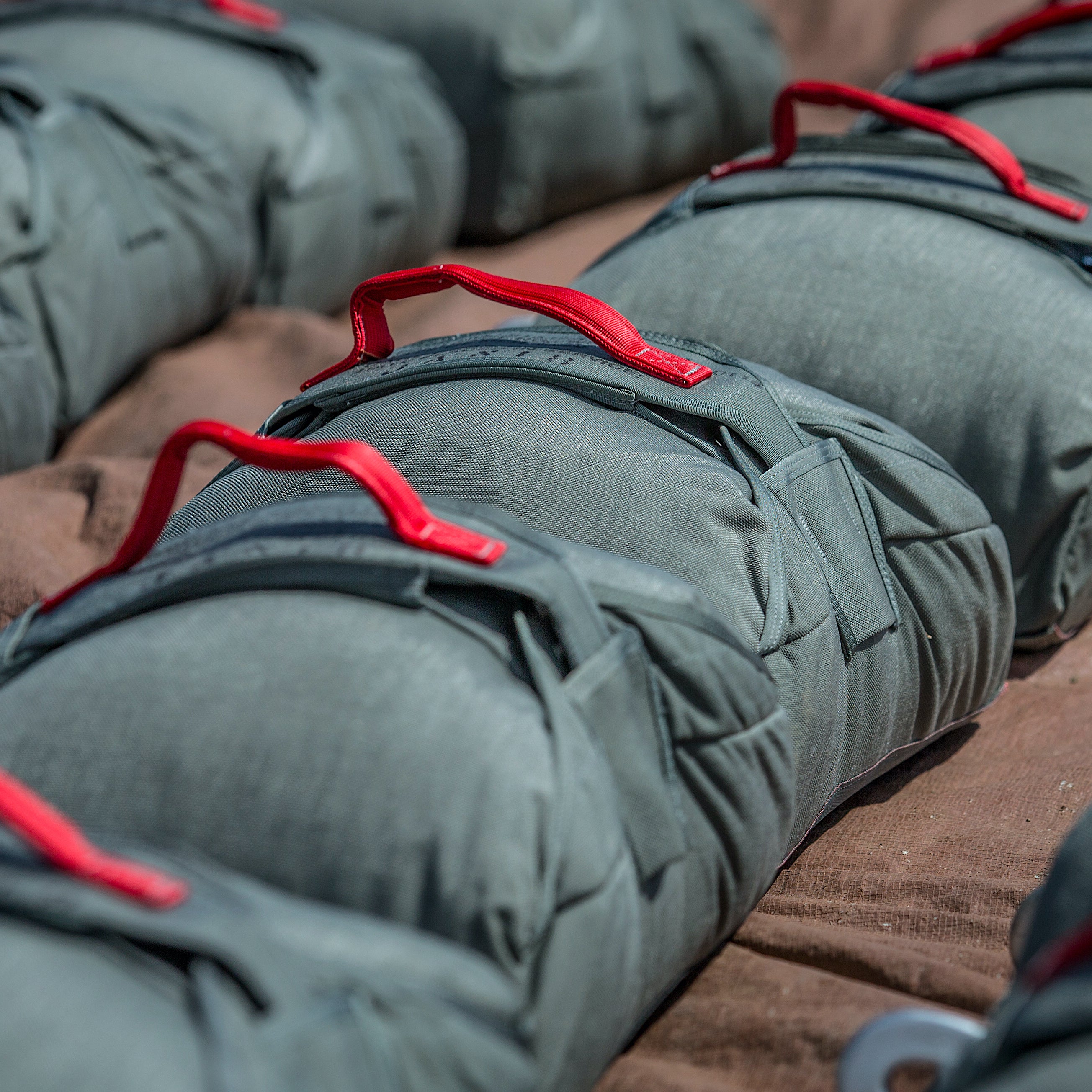
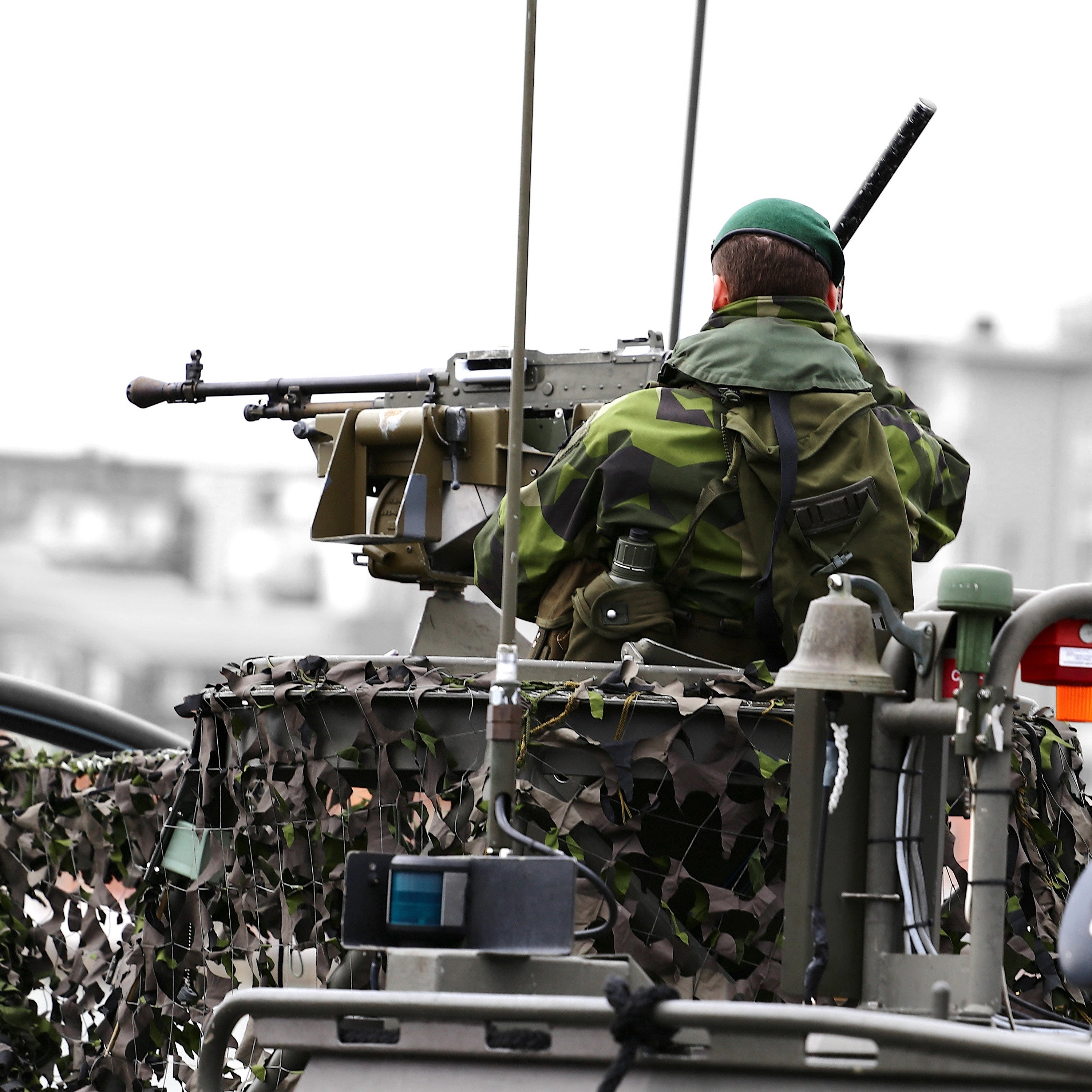
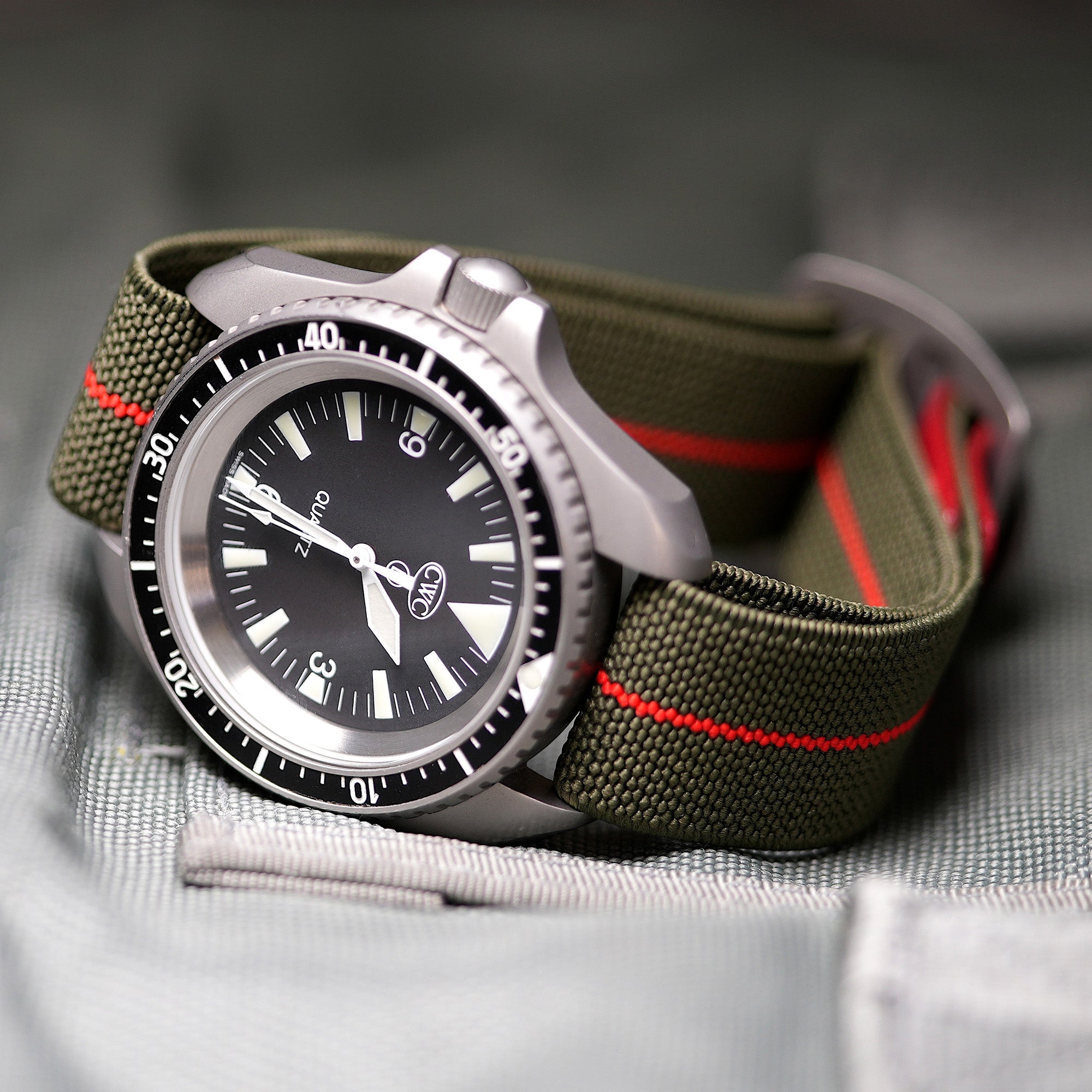
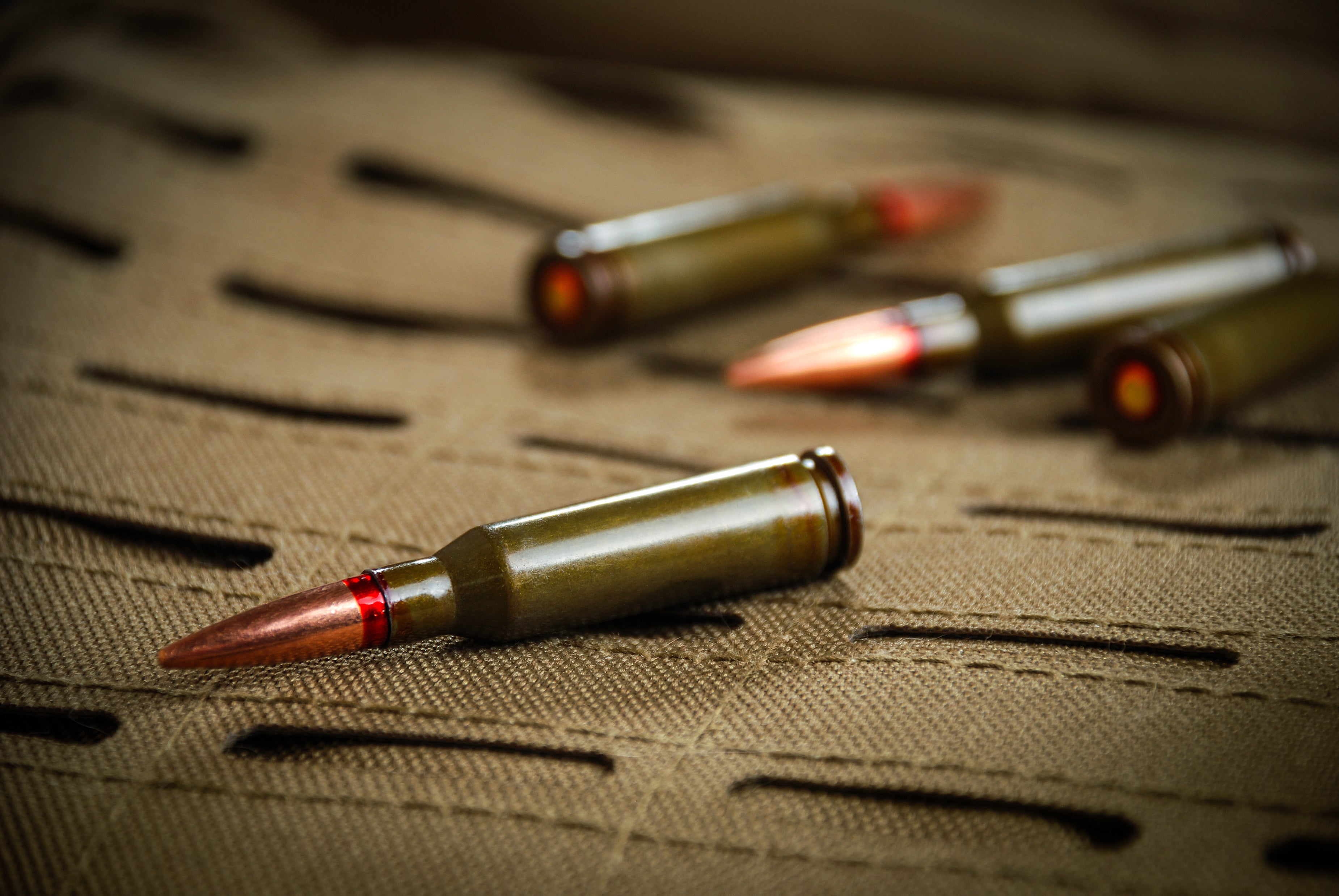
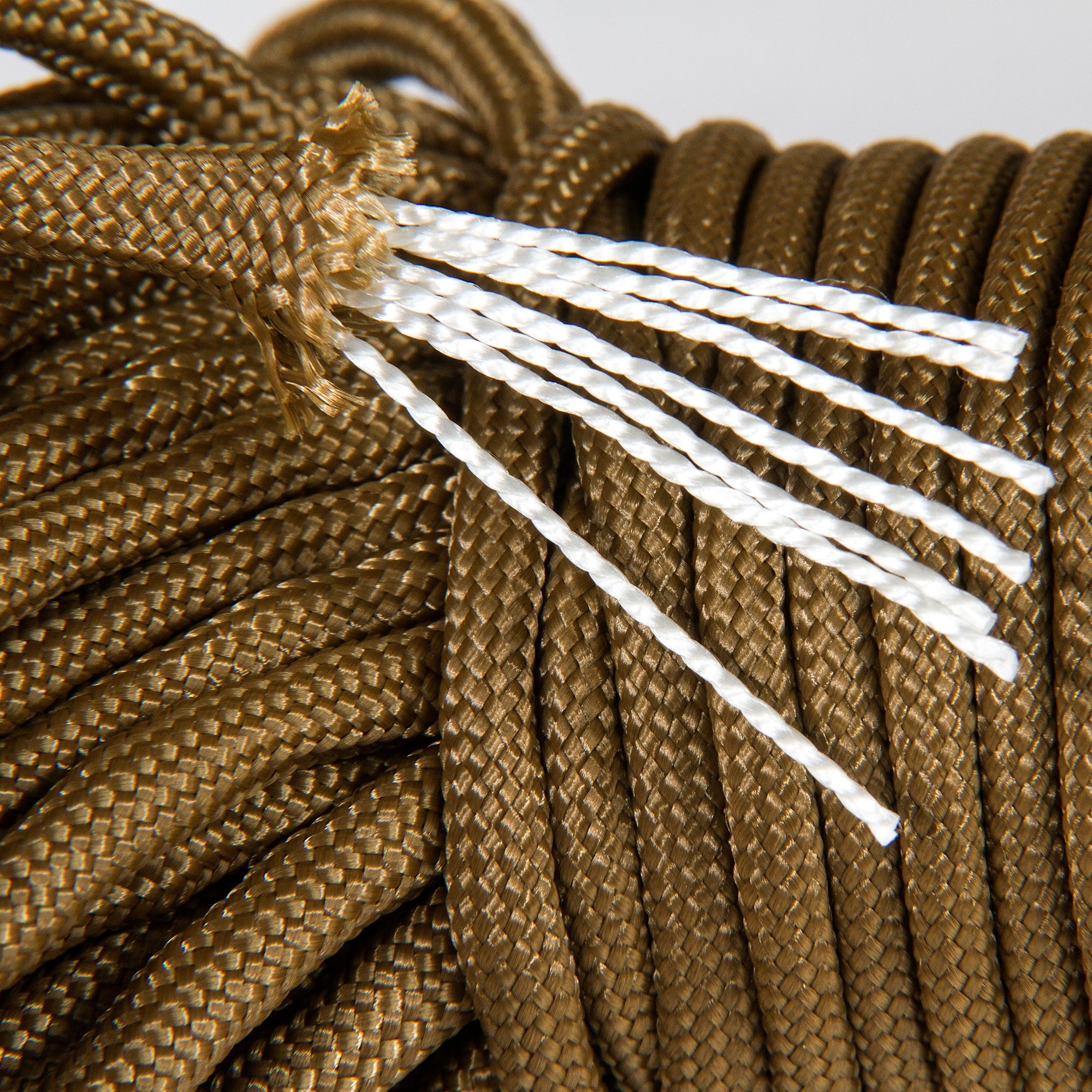
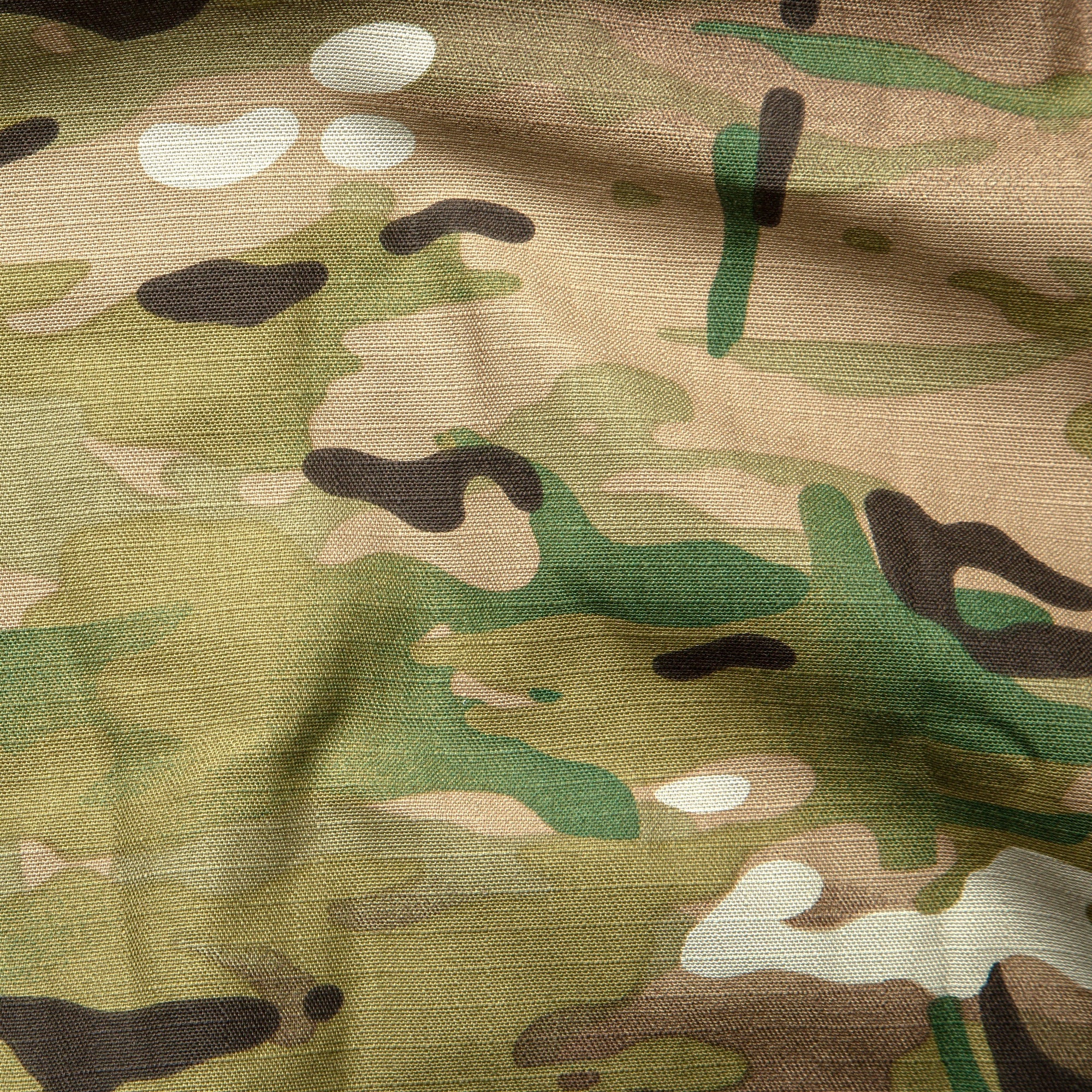
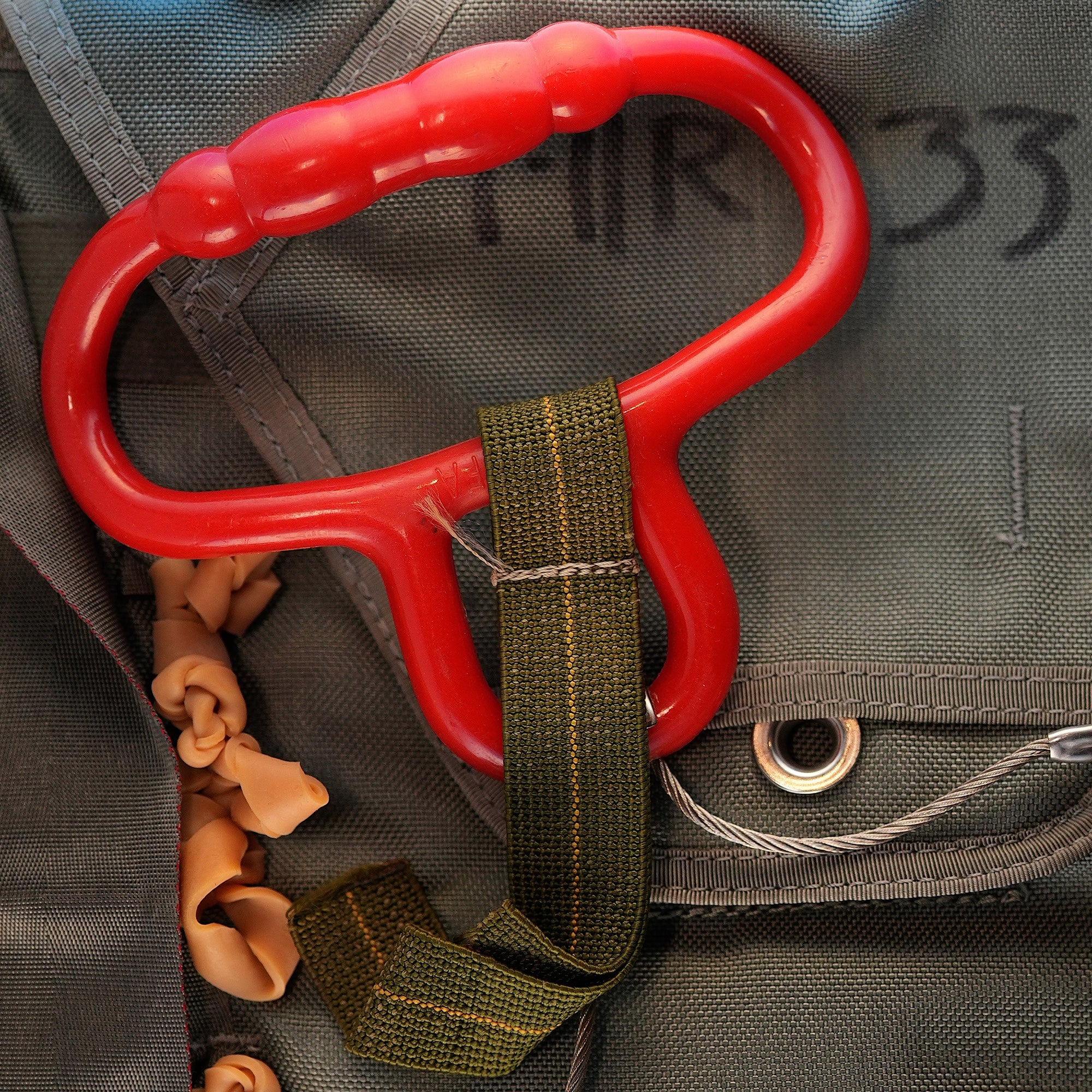
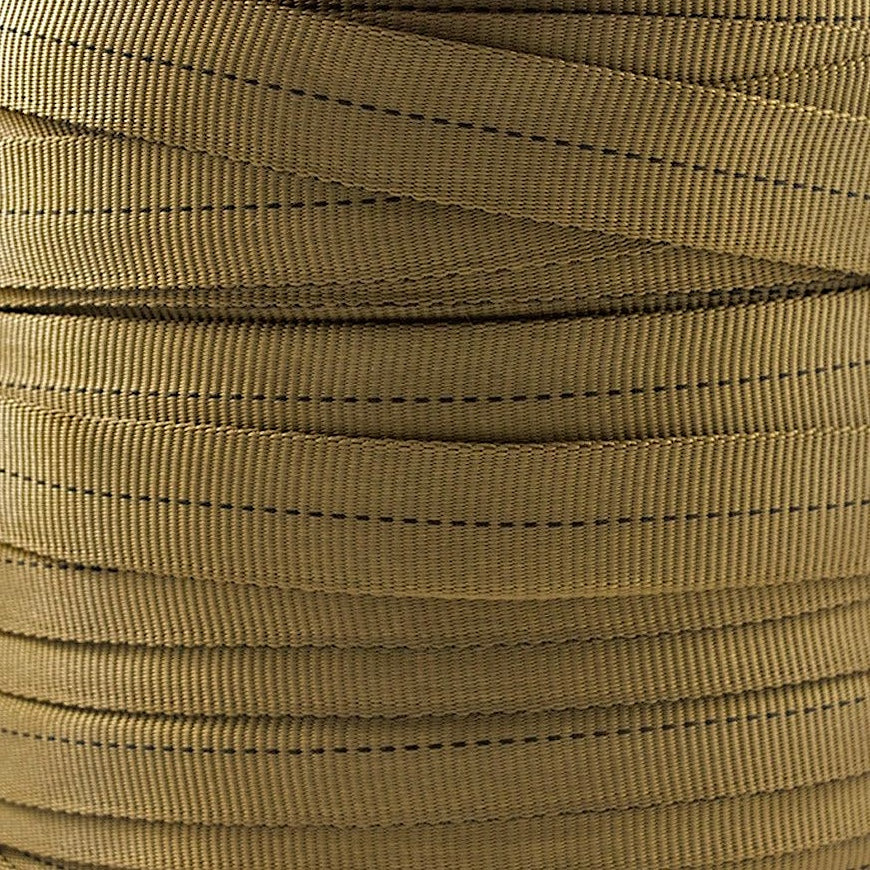
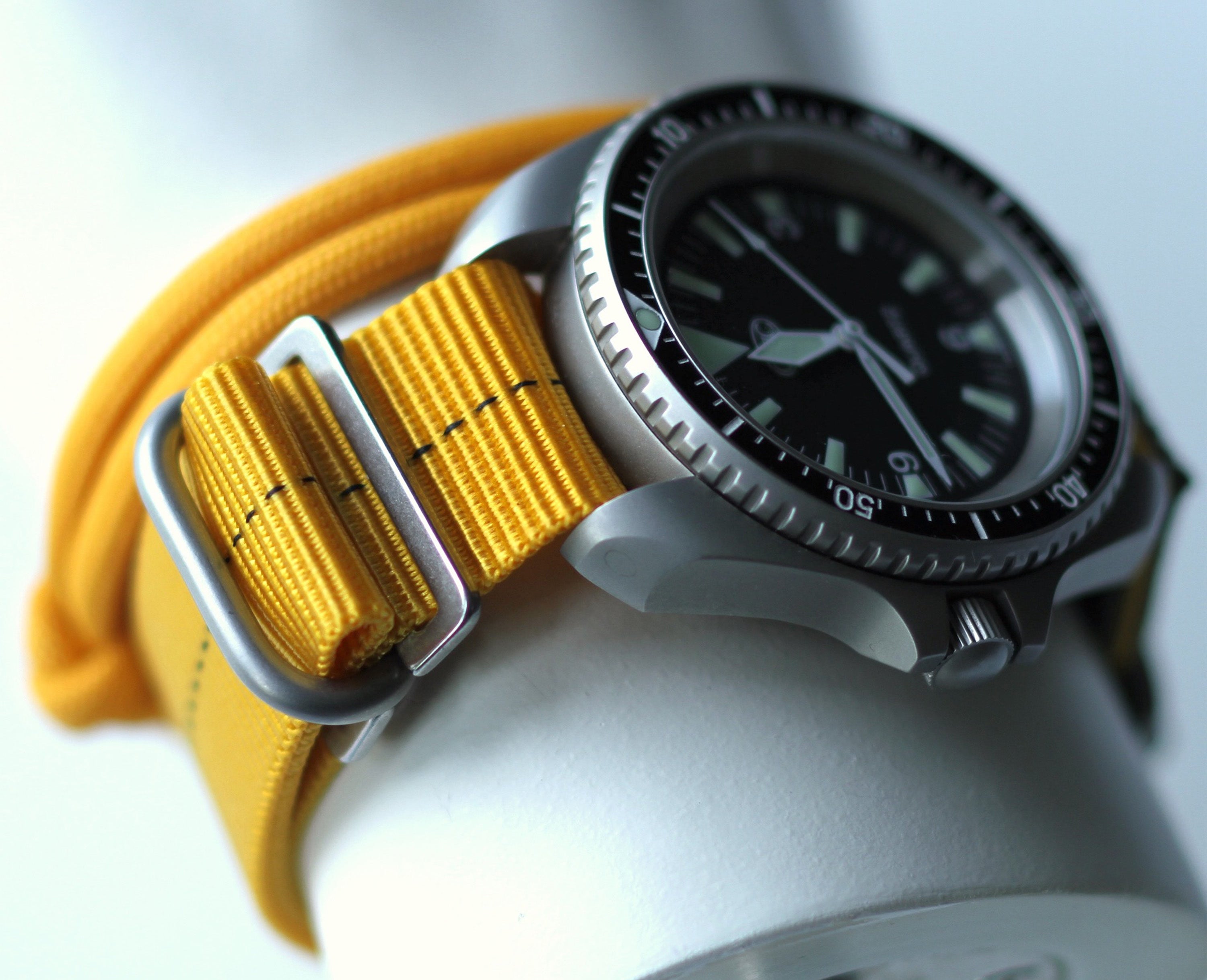
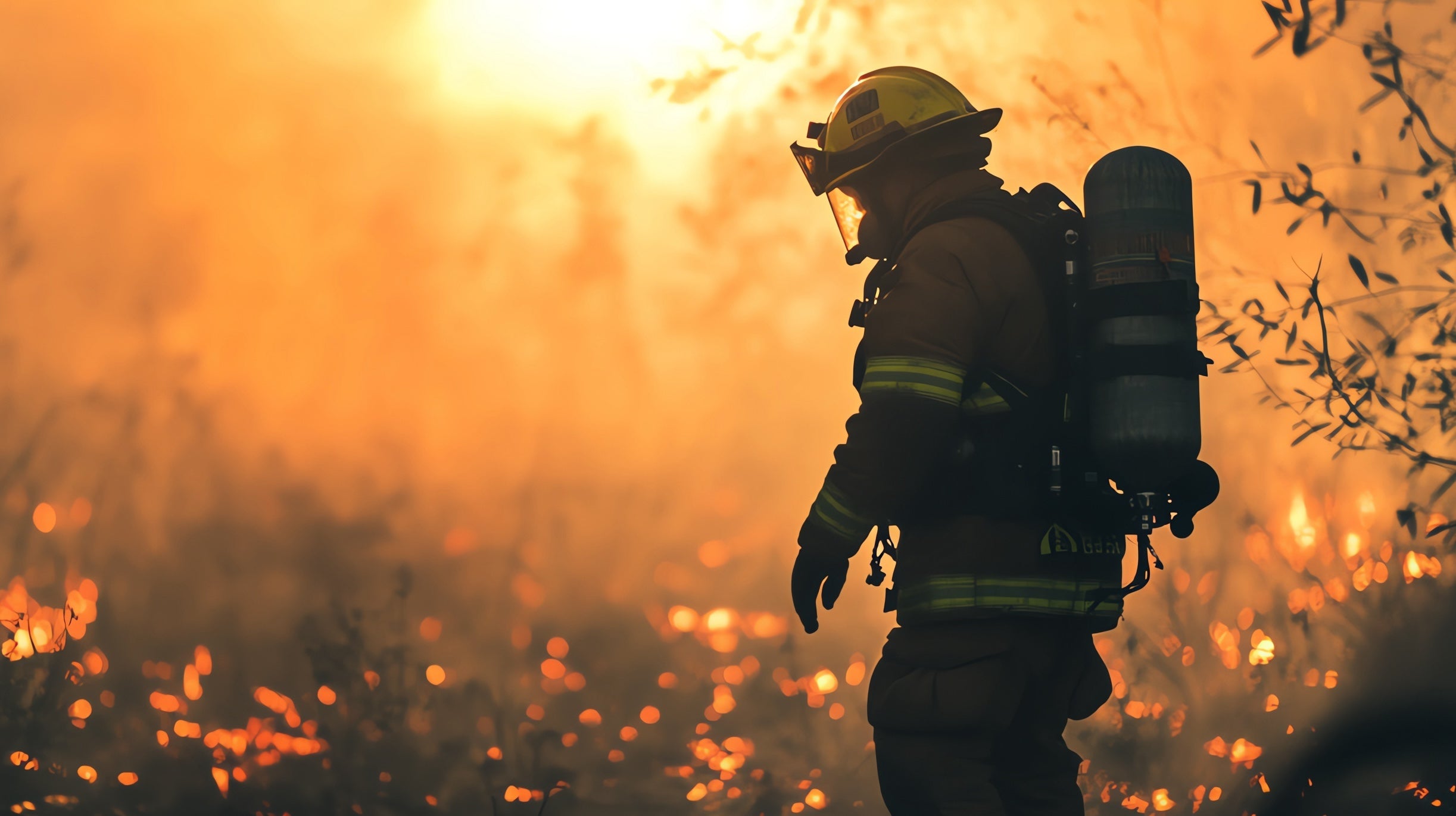
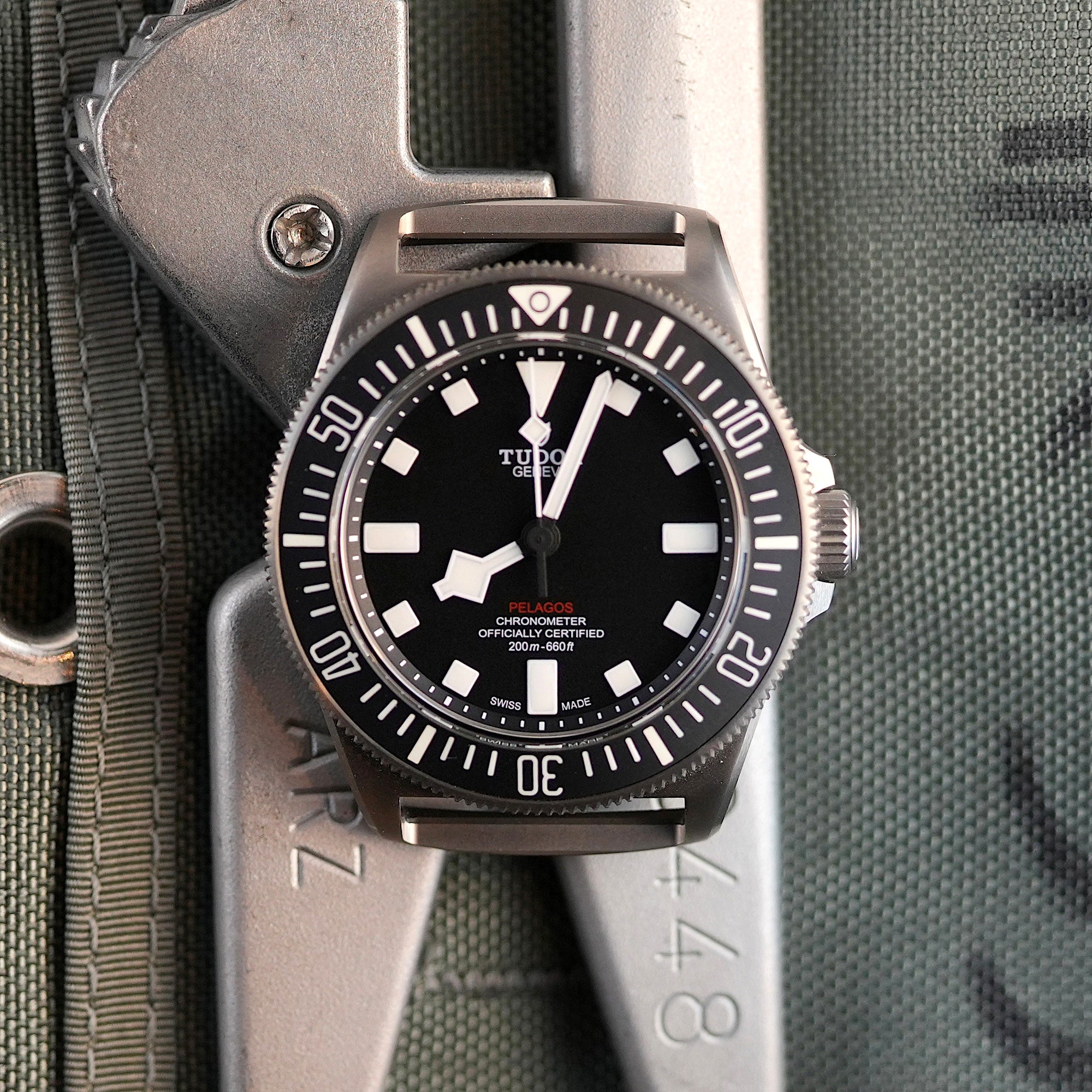
Share:
The Patrol Boat, Riverine (PBR) in the Vietnam War: Navigating the Mekong Delta’s Frontlines
Tudor FXD Dive Watch: A Modern Masterpiece in Dive Watch Design